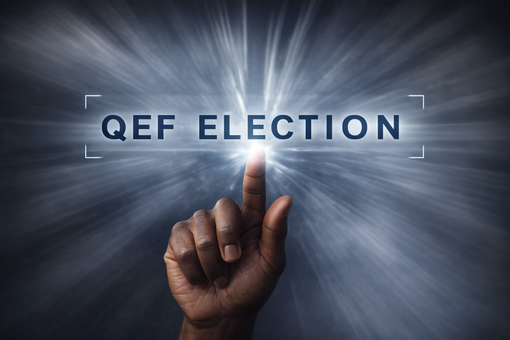Form 3911 & Stimulus Checks: Why This Form Matters to Taxpayers & Clarification of IRS Recommendations

From the IRS Economic Impact Payment Information Center FAQ:
What is Form 3911?
Form 3911 has been used by the IRS for decades. The form's initial purpose was notifying the IRS that the refund check was missing. The form initiates a ‘payment trace’ and includes the phrase:
Under penalties of perjury, I declare that I have examined this form, and to the best of my knowledge and belief, the information is true, correct, and complete. I request that you send a replacement refund, and if I receive two refunds I will return one.
Now, the IRS has expanded the capacity of this form. In 2020, this form has new uses, helping taxpayers who did not receive their EIP1 or EIP2 but believe they should have. But - it is not as clear cut as the IRS FAQ recommends.
IRS FAQ (As of Feb 11, 2021)
Q: How do I request a payment trace to track my first or second Economic Impact Payments?
A: You should only request a payment trace to track your payment if you received Notice 1444 or Notice 1444-B or if Get My Payment shows your payment was issued and you have not received it within the timeframes below.
- 5 days since the deposit date and the bank says it hasn’t received the payment
- 4 weeks since the payment was mailed by check to a standard address for the first EIP; after February 24, 2021 for the second EIP
- 6 weeks since the payment was mailed, and you have a forwarding address on file with the local post office for the first EIP; March 10, 2021 for the second EIP
- 9 weeks since the payment was mailed, and you have a foreign address for the first EIP; March 31, 2021 for the second EIP
In practice, should you start a trace (by filing Form 3911)?
It seemed odd to us that every taxpayer who did not receive payments should start a payment trace. We contacted the IRS Stimulus Payment Helpdesk and received clarification regarding the situation where tracing needs to be initiated and the downside of the unnecessary tracing claim.
According to the IRS agent, you should start a payment trace by filing Form 3911 only if you suspect fraudulent activity and believe that the check was stolen or cashed by somebody else.
If you did not receive the expected stimulus payment within the specified timeframe yet do not suspect fraudulent activity, do not initiate a payment trace. Doing so will significantly delay the receipt of the replacement check as the tracing process will last 180 days. Form 3911 should be used as a last resort for the suspected fraudulent activity.
Instead, report the amount of stimulus payments (EIP1, EIP2, or both) as zero on your 2020 tax return. The payment will be added to you as a recovery rebate credit on your 2020 tax return.
We look forward to future updates from the IRS to help clarify whether payment trace is indeed needed after all.



